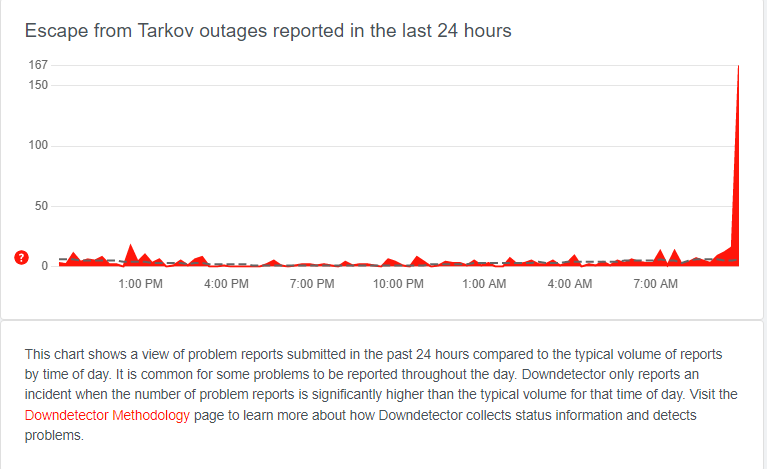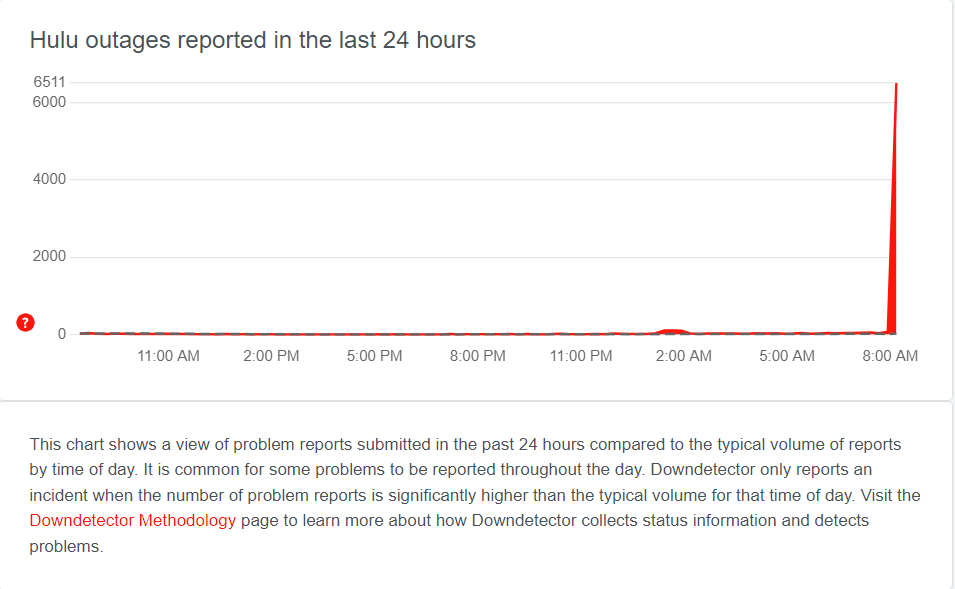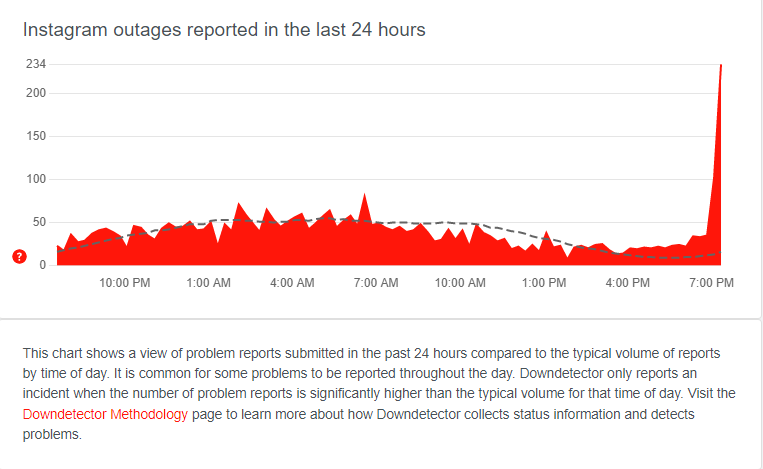In today’s fast-paced era, ensuring a smooth integration of new employees into an organization through effective onboarding is crucial. A well-designed and user-friendly Learning Management System (LMS) plays a role in streamlining the onboarding process and creating a positive user experience. Organizations can develop platforms that facilitate knowledge transfer, encourage engagement, and ultimately enhance employee productivity by incorporating design principles focused on users’ needs.
Understanding the Users
To design an LMS for employee onboarding, it is essential to understand the individuals who will be using it deeply. The target user group typically consists of employees who may not be familiar with the company’s processes, policies, and culture. Additionally, these employees may have varying levels of literacy. Additionally, you must consider the affordability of the platform. Thus make sure to look at other platform’s pricing. For example, explore TalentLMS pricing details and costs of other LMS platforms. Considering these factors forms the foundation for creating a fruitful user experience.
Intuitive Navigation
A crucial aspect of an employee LMS is providing navigation options. Users should be able to navigate through the platform without feeling overwhelmed or confused. The navigation menu should use clear language, avoiding jargon or acronyms that may be unfamiliar to new hires. Structured categories and sections enable users to locate the resources they need while breadcrumbs or progress indicators effectively track their learning journey.
Consistent Design Language
Creating a design language is essential in developing an interface for a Learning Management System (LMS). When the platform maintains a design throughout, users can easily grasp how different elements function and interact with each other. For instance, using icons for actions like “download,” “bookmark,” or “add to favorites” ensures that users feel comfortable as they navigate through various learning materials.
Engaging Multimedia Content
It is crucial to incorporate engaging multimedia content into the platform to make the onboarding process more memorable and enjoyable for employees. Instead of burdening new hires with lengthy blocks of text that may hinder their ability to absorb information quickly, consider utilizing multimedia tools such as videos, infographics, and interactive simulations. These media formats break the monotony and cater to different learning styles, making the onboarding process more inclusive.
Personalized Learning Paths
Acknowledging that each employee has training requirements and providing learning paths within the LMS is vital. By allowing users to tailor their learning experiences based on their roles, skills, and interests, the platform can offer resources and activities tailored to their needs. This level of personalization fosters a sense of autonomy and empowers employees to take control of their learning journey.
Elements of Gamification
Over the years, gamification has become increasingly popular for boosting user engagement in various digital platforms, including LMS systems. Organizations can enhance the onboarding experience by incorporating game mechanics like badges, leaderboards, and progress bars. These elements tap into employees’ competitive nature while benefiting learners and the organization through improved knowledge retention and increased participation rates.
Mobile Compatibility
In today’s world, ensuring that an intuitive LMS is compatible with a wide range of devices is crucial. Employees should be free to access learning materials from their smartphones or tablets while on the move. By adopting design principles or even providing mobile apps for the LMS platform, organizations empower employees to integrate training into their busy schedules seamlessly.
User Feedback Mechanisms
An LMS is never static; it requires ongoing improvements based on customer feedback. Companies can incorporate user feedback mechanisms within the platform to gather insights from hires about their experience. This valuable feedback helps identify pain points or areas for enhancement that may not be immediately apparent from a designer’s perspective. By implementing this feedback loop, organizations continuously enhance the user experience.
To Sum Up
When it comes to creating a user learning management system (LMS) for employee onboarding, it’s crucial to understand what users want and like. Simplicity in navigation, a consistent design approach, interesting multimedia content, customized learning paths, gamification elements, mobile compatibility, and mechanisms for receiving user feedback are all aspects to consider. By incorporating these design principles, organizations can ensure new employees have an onboarding experience and feel prepared to contribute right from the start.



